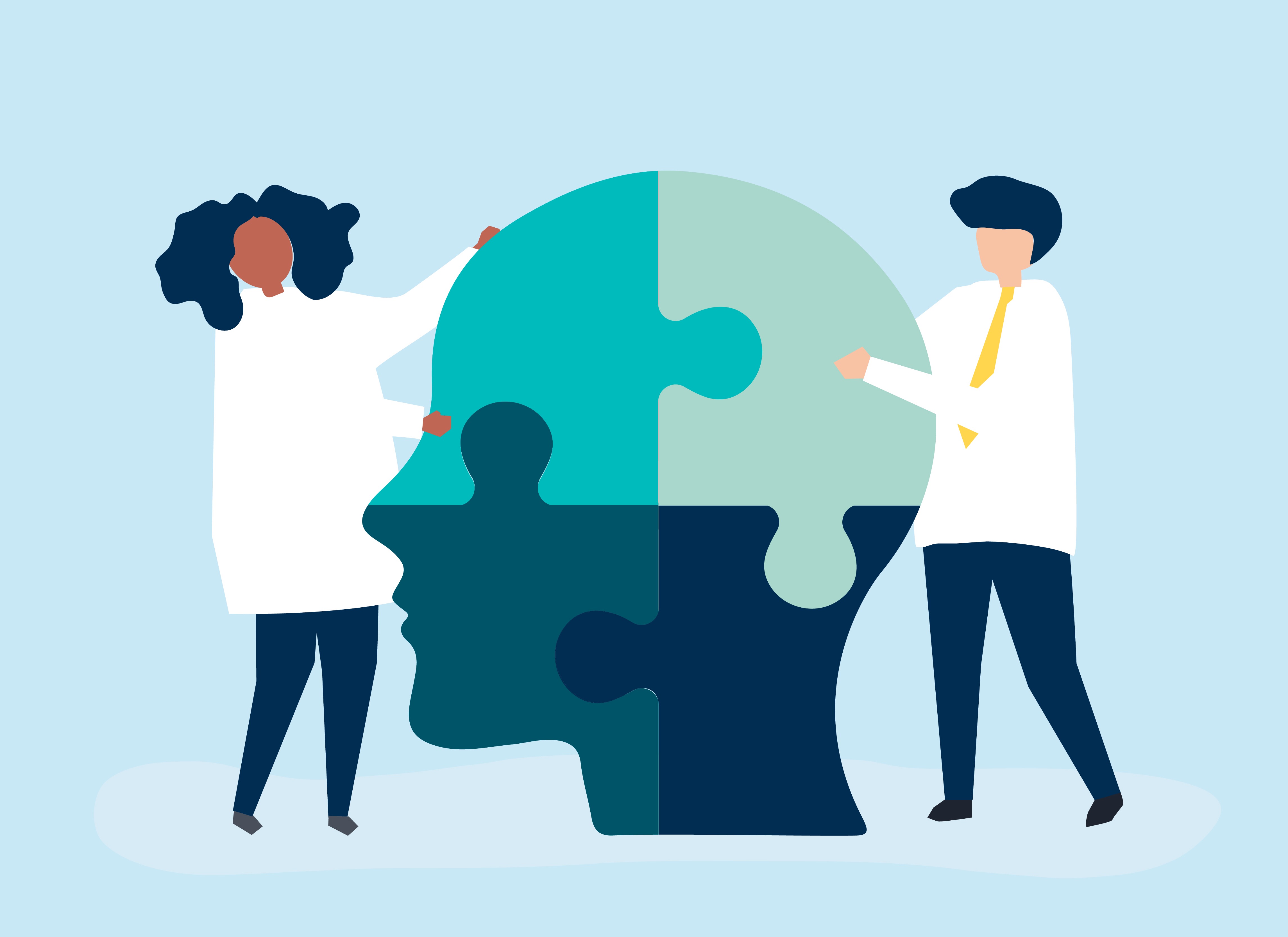Life was good. I had become a mother two months earlier. My husband and I had just undergone a series of health tests to support a mortgage application. I had taken a test on a treadmill and, for some reason, my heart rate refused to settle. As I walked out into the muggy air, I began to feel a strange discomfort in my chest.
On my way home, I found I was unable to speak. My tongue was twisted and my mouth frozen. My hands and arms had curled inwards and my toes had done the same. I swore I was having a stroke. A few hours later, the diagnosis was out — I had experienced my first panic attack. I was sent home with medication and told to relax.
Soon, the all-controlling panic and associated phobias consumed me. Again and again I found myself back in the emergency room. I stopped staying home alone for fear of having an episode. I stopped flying, stopped taking the train, stopped going shopping, even to the supermarket.
My biggest fear was that the entire world would learn that I wasn’t the strong, independent and determined woman that once defined me. I was weak, fragile, broken, suicidal.
This has been the hardest part of my story to share. Why? Because I was afraid that if I shared that I wanted to end my life, I would be locked up, or worse, someone would stop me.
My recovery began the day when I nearly took my own life, stopped only by the crying of my son, which pierced my consciousness. That’s when I decided I could and would return to a normal life. From then on, I took charge.
After many interviews, I found a psychologist specialising in panic and anxiety disorders. She was tough, but kind. Through phased treatment with cognitive behavioural therapy she provided me with the basic skills to survive each wave of panic and reduce the various phobias that resulted from the panic disorder.
She also put me on a physical improvement regime, gave me nutritional advice, sleep hygiene guidelines, and daily meditation routines. This helped improve my mental health and resilience.
It was a slow and painful process but as I kept exposing myself to my fears, the phobias began to fade.
The final phase was discovering what was at the heart of the panic and finding measures that would keep the panic away. After a course of EMDR (eye movement desensitisation reprocessing), we located the cause — surgery I had when I was 6 years old. I had experienced delayed post-traumatic panic disorder.
Today I’d like to think I’m cured. If panic returns I will pay no attention as I’m no longer scared of her presence.
Sufferers of mental illness don’t have many faces to help them recognise what survival looks like. My payback for being a survivor is telling my story.
For a long time, I kept these experiences a secret from most people in my life. My employer never suspected it (I think) and I never missed a day of work because of panic. It wasn’t until September, 2017, that I told this story to a third person (outside the medical profession). It was a liberating moment, and from that day I felt able to share my story and help others suffering similar difficulties, providing a sense of hope.
Now you must be wondering — so what? What have I learned? A few thoughts cross my mind:
1. The role of work in this process can be key.
Work kept me alive and moving day-in, day-out. It was at work and through work that I was able to find some freedom from my demons. This was the only activity that provided a daily break as I was able to occupy my mind for a few precious hours. Clearly some people need time away from work to recover properly. But as I’ve shared my story, I’ve recognised many people like me who need work to provide purpose and an escape. Employers need also to recognise that the answer is not always to send a sufferer of mental illness home. In fact, that may very well be the worst thing. So don’t assume.
2. Just like physical illnesses, some mental illnesses are chronic and some aren’t.
People can and do fully recover. We are not mentally ill for life.
3. Those who suffer from mental illness are not handicapped.
Assuming that a person who has struggled with mental illness does not suit a role with high exposure, high intensity and high levels of stress is the wrong answer. When a person has plumbed the darkest depths looked death in the eye and turned away from the easiest and quickest way out — it is not a mark of weakness but exceptional strength. I can’t imagine a bully, crisis or deadline that will take more courage to overcome than the choice to face life — easily the hardest option.
4. We need to see the faces of those who have survived.
Once a person overcomes a mental illness it is easy to keep it tucked away in the past. While the illness goes, the stigma remains, and it is very human to want to escape it at all costs. But the survivors need to be brave for those who aren’t there yet; we need to be brave for the survivors who aren’t given permission to fulfil their potential because they are erroneously labeled as handicapped.
5. Employers need to understand what role they play in mental health.
This is not limited to recognising, caring and recovering those who are already ill. Employers have a significant role to play in prevention, both directly and indirectly. Indirectly, employers should provide their people with the knowledge, skills and tools they need to achieve and maintain a sense of wellbeing — to prevent emotional, mental or physical illnesses.
Directly, we need to know the role fear and trust play in emotional health, which has a direct impact in mental and physical health. What leadership styles promote or deteriorate the mental health of our employees? We know the role that sleep and rest has in mental health and cognitive ability — is work and travel managed appropriately?
Sometimes we forget that the employer-employee relationship is just that — a relationship.
There is an agreed exchange of services for remuneration, but we expect more from our employees than is written in a work contract. We want our employees to love our brands, to speak of our business with pride outside of work hours. We want our employees to treat everything they do with utmost respect and care, and to not just mindlessly tick actions off the to-do list. We expect more.
So why aren’t we willing to give more to our employees? They expect something from us too. They expect their employers to care about them as individuals, humans, and treat them with respect and honour. Providing employees with resources that will help them ensure a good level of well-being is one way employers can repay that extra effort. Employing leadership styles that foster respect, humanity and promote well-being is an employer’s obligation in what should be a mutually beneficial two-way relationship. But if we truly care about our people, it is also just the right thing to do.
Follow us here and subscribe here for all the latest news on how you can keep Thriving.
Stay up to date or catch-up on all our podcasts with Arianna Huffington here.


